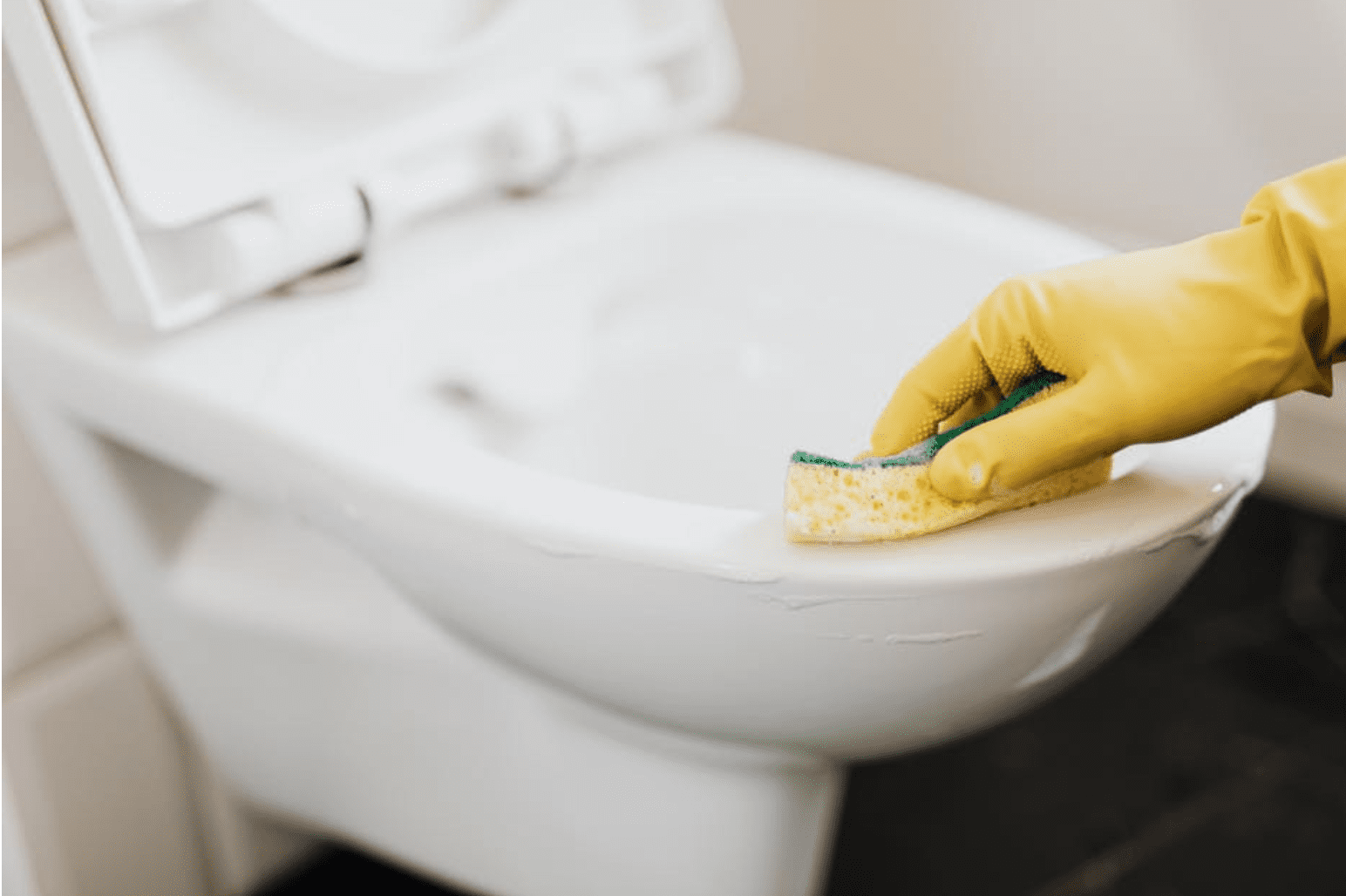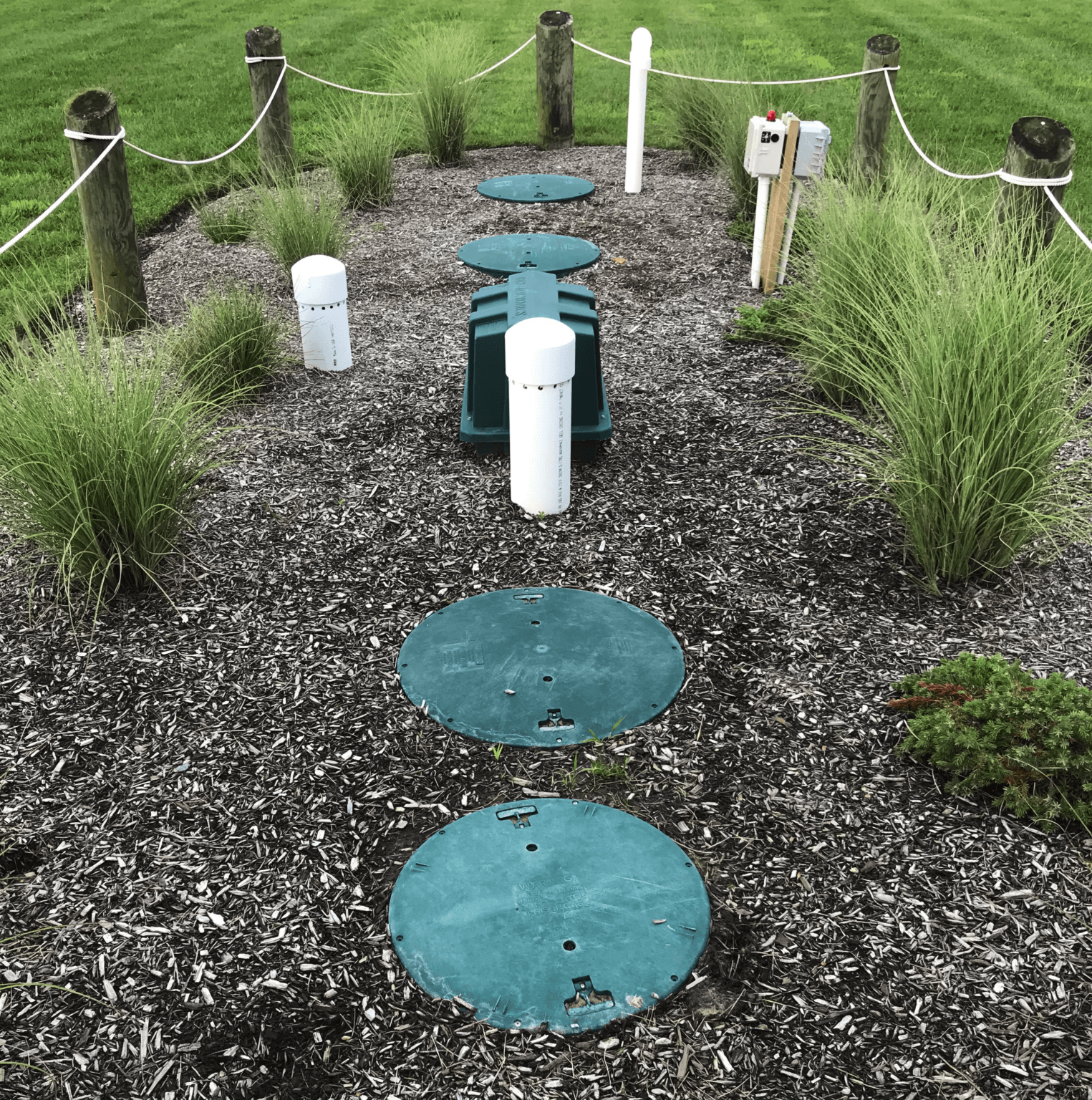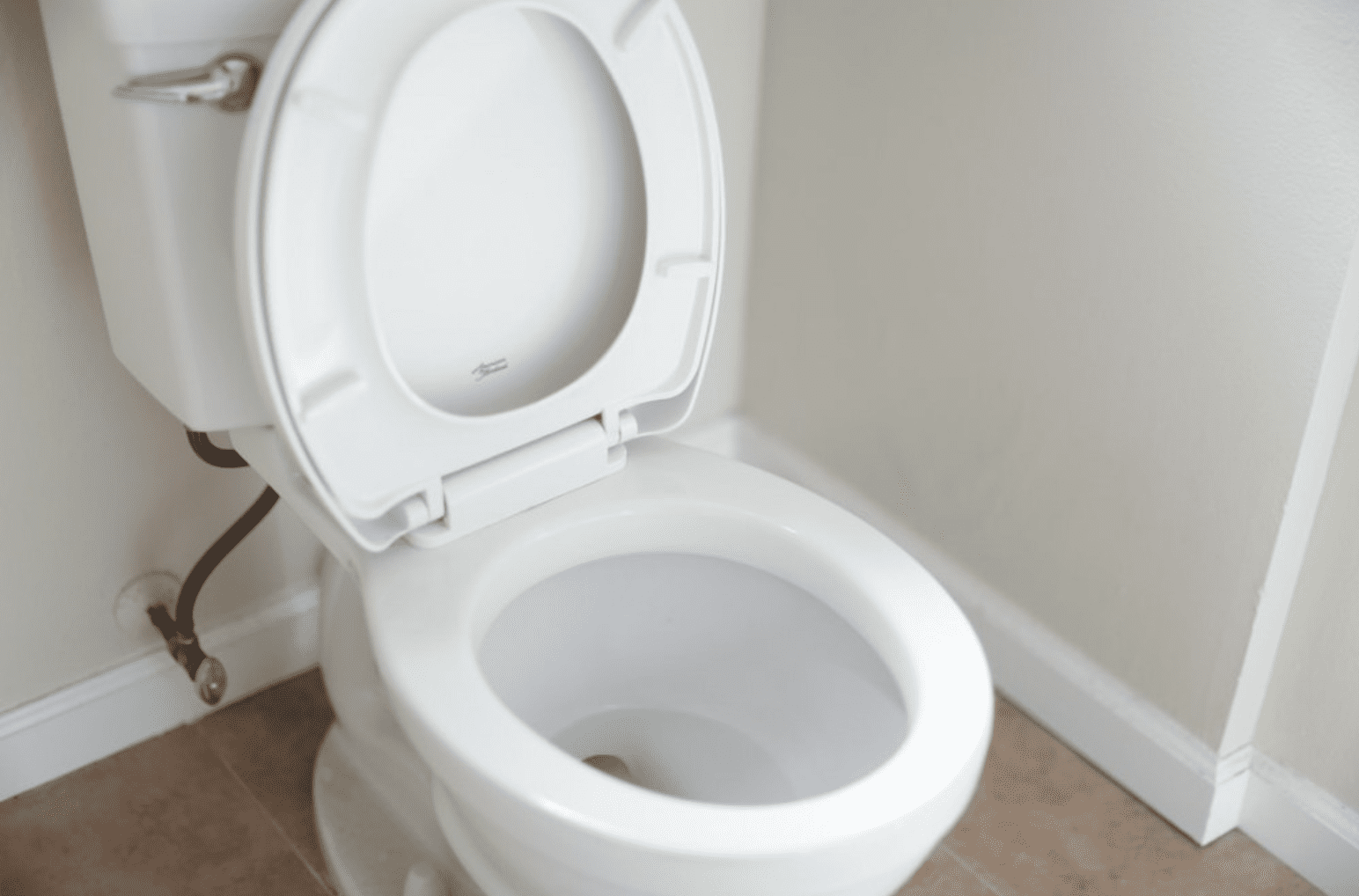What is this buzz about low flow toilets? I was wondering, do low flow toilets really save water? If you live in a home built before 1994 and not remodeled ever since you are likely living with a vintage toilet. A lot has changed in toilet technology, and the new models, called low flow toilets, use a considerably lower amount of water than the older models. Of course, the new models save on your water bill and are good for the environment.
The low flow toilets were introduced by federal law in 1994 that prescribed that the new toilets’ new models should not use more than 1.6 gallons of water per flush. The law was brought in to prevent water waste by households to address water shortage in the country.
In a previous article, I was concerned about everyday items thrown on the toilet that may damage my septic system. In this article, I researched low flow toilets and see how they work to use less water when you flush your toilet. According to different studies, toilets account for the maximum water used indoors. But the good news is that since the low flow toilets were introduced in 1994, the water consumption has dropped by an average of 22% in American households.
Let’s check out how the change took place and to what extent low flow toilets are responsible for this.
Why Must We Switch Over Water-Efficient Toilets?
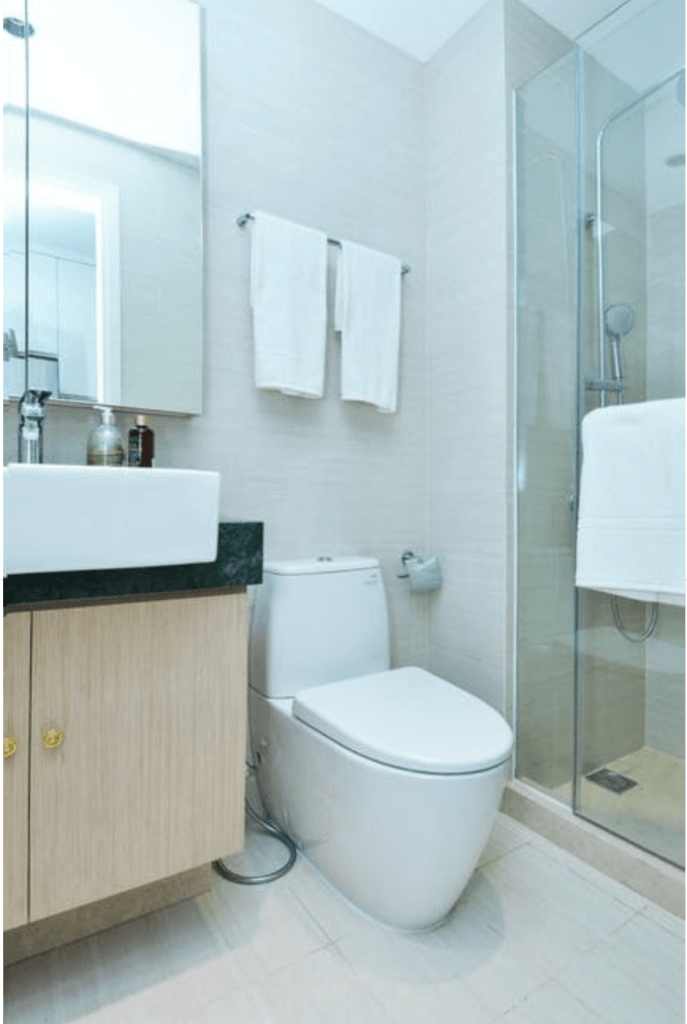
The move to introduce low flow toilets in American households was preceded by severe water shortage and droughts in some states in the US. The available data on water consumption showed that toilets were using a lot more water than it was sustainable. Even today, toilets account for 30% of the water used indoors.
The old toilet models use 3.5 to 7 gallons (13 to 26 liters) of water per flush (WPF). According to an EPA estimate, an average person would flush 140,000 times in a lifetime.
Suppose we convert to new toilet models that use considerably lower amounts of water ranging from 1.2 to 1.6 gallons (4.5 to 6 liters) WPF. In that case, we could save at least twice as many gallons of water as the number of flushes we will use. That’s a big number!
Water-efficient toilets save anything from 20% to 200% water compared to the older models. As a nation switching over to water-efficient toilet models, the US can save water to the tune of billions of gallons per year.
Water that we get in our homes is clean and treated, and because of this, it is also precious. We seem to realize this only when there is a shortage of water. By saving water, we keep our environment clean and our wallet happy. We can save hundreds of dollars that can add up to a few thousands of dollars during the new toilet’s lifespan.
How to Determine Your Toilet Flush Volume
How do you know if you have a low flow toilet?
The easiest way to figure it out is by looking in a couple of places of your toilet:
- With the seat down, check for a flush volume seal or stamp between the seat and the tank.

- If it is not there, like in my case, take off the lid and check on the tank’s walls or on the cover itself. As you can see, mine is on the wall.
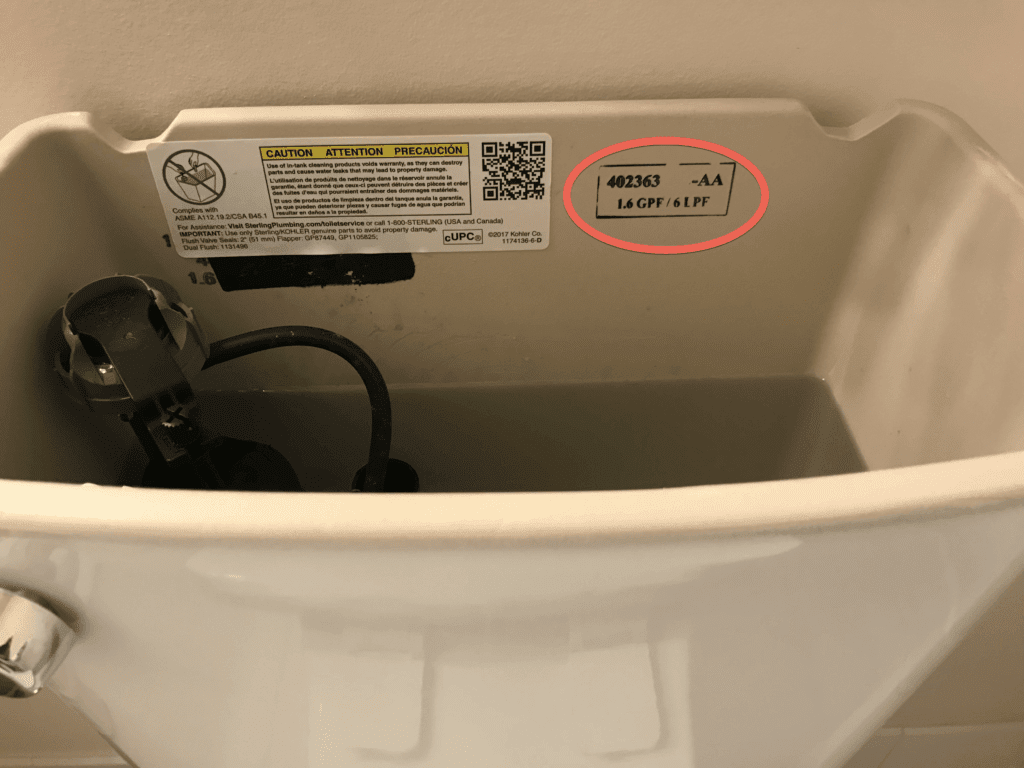
If you see 1.6 GPF or 1.28 GPF, your toilet is a low-flow model. If you are in California, after January 1, 2016, all toilets sold or installed must be 1.28 GPF or less.
In older models, you may also have a date instead of the GPF number. If that is the case, you can reference the dates below to figure out the likely toilet flush volume:
| Year | Gallons per Flow (GPF) |
| Before 1985 | 5 to 7 GPF |
| 1985-1994 | 3.5 GPF |
| After 1994 | 1.6 GPF |
| After 2016 (Only California) | 1.28 GPF or less |
If you see neither a GPF stamp nor a date, you can also measure the flush volume of your toilet tank. This website shows how to do it.
How Many Types of Low Flow Toilets Are There?
There are mainly two types of low flow toilets available on the market – Gravity-flush and Pressure-assisted flush toilets.
Gravity-Flush Toilets
This is the conventional toilet with some design adjustments that make it more water-efficient. When you press or turn on the knob, the flush valve opens up and the water from the tank drains out through the openings in the rim of the toilet bowl. The forceful water jets take the waste in its trap down the drainpipe. This kind of low flow toilet is both less expensive and less effective than pressure-flush toilets.
Pressure-Assisted Flush Toilets
Pressure-assisted flush toilets are good options for homes and offices with inadequate drainpipe carry. In these models, an inner tank is used for the air to be compressed by the water supply pressure. When the knob of the tank is pressed or turned on, the water jets through the toilet rims opening with added pressure because of the pressurized air in the inner tank. This means the waste is washed away into the drainpipe, even with less water. Pressure-assisted toilets make a louder noise than gravity flush toilets.
Testing the Newest Low Consumption Toilets
A lot of thinking goes into designing and building some of the best toilets out there. Richard Trethewey from “Ask This Old House” traveled to a plumbing facility of the company American Standard in New Jersey to learn about advances in toilet engineering that help save water.
This video shows the challenges and innovations made to overcome these challenges and ultimately save water without sacrificing the toilet’s essential functions. The video also suggests that not all low flow toilets are the same. If you choose a low-quality toilet, you may end up very unhappy with the results and ultimately may not save water after all.
How to Choose the Best Low Flow Toilet?
The EPA website’s WaterSense section features a long list of low-flow toilet models that conform to the EPA’s parameters and standards for their category. The product search page is an excellent resource for you to choose your model.
Apart from that, it would be best if you used the following checklist to pick the right model for you.
Waste Removal
You must spend a few minutes trying to understand how well it will remove the waste. What are the manufacturers and shopkeepers saying about the topic? Make sure you are happy with what you find out.
Noise
In some cases, the toilet makes a loud noise but does not clear the bowl effectively. In other cases, the toilet may clear the waste effectively, but the loud noise may bother you. Make sure the one you choose is not one of these.
Design
The performance of a toilet depends on its design. Americans with Disabilities Act prescribes the toilet height to be at least one-and-a-half-inch more than the standard toilet. This longer version toilet is more efficient as it has a longer passage for the water to efficiently clear the waste out of the bowl before the path gets full and choked with water.
Toilets also come in various designs. There is stiff competition, and you may have to choose from thousands of models available. Round, elongated, ADA height, different seat shapes – there are many design options to choose from. Take your pick!
High-Efficiency Toilets
In an effort to save additional water, the industry has also come out with dual flush toilets. What is that? You asked. Some modern toilets are not just low-flow; they are also high-efficiency dual flush toilets, which cleverly provide two flushing options—one bigger button for No. 2’s and a smaller button for No. 1’s. If you choose a low-flow, high-efficiency toilet, you can consider yourself a toilet pro.
Final Thoughts
Using low flow technology helps save a tremendous amount of clean water that otherwise, we literally throw down the toilet. By keep using the water-intensive toilet models, we waste money and hurt the environment.
Related Posts:
